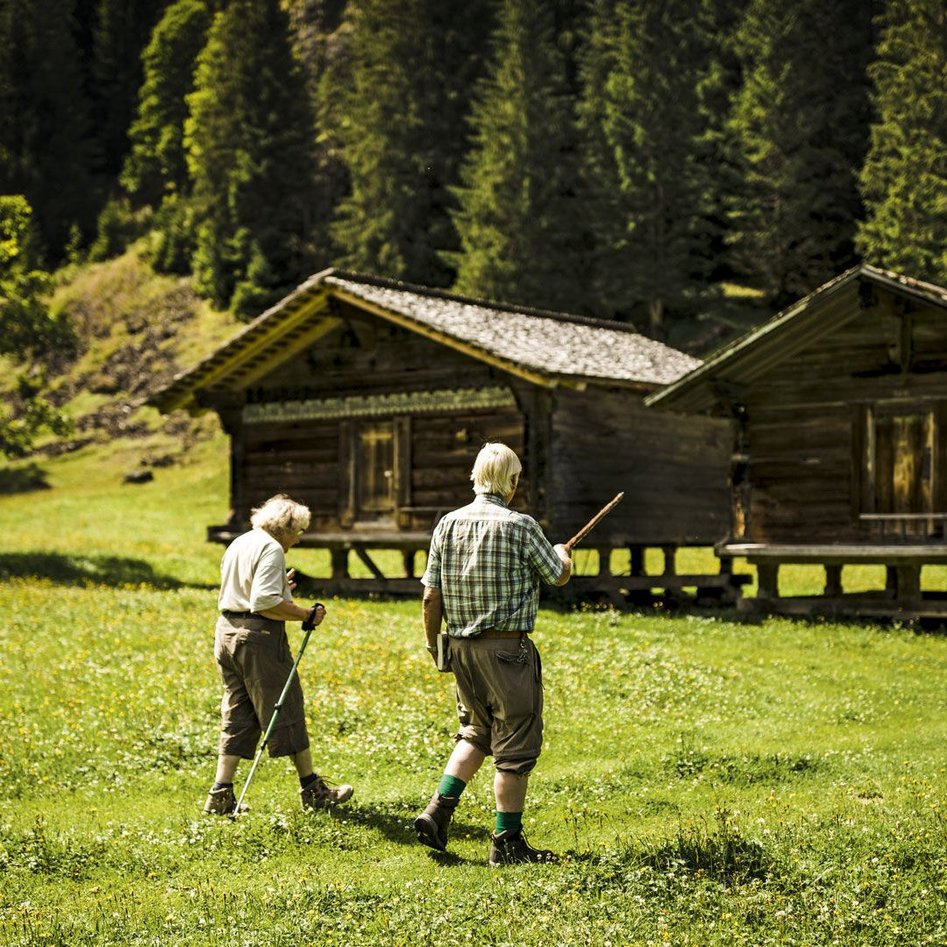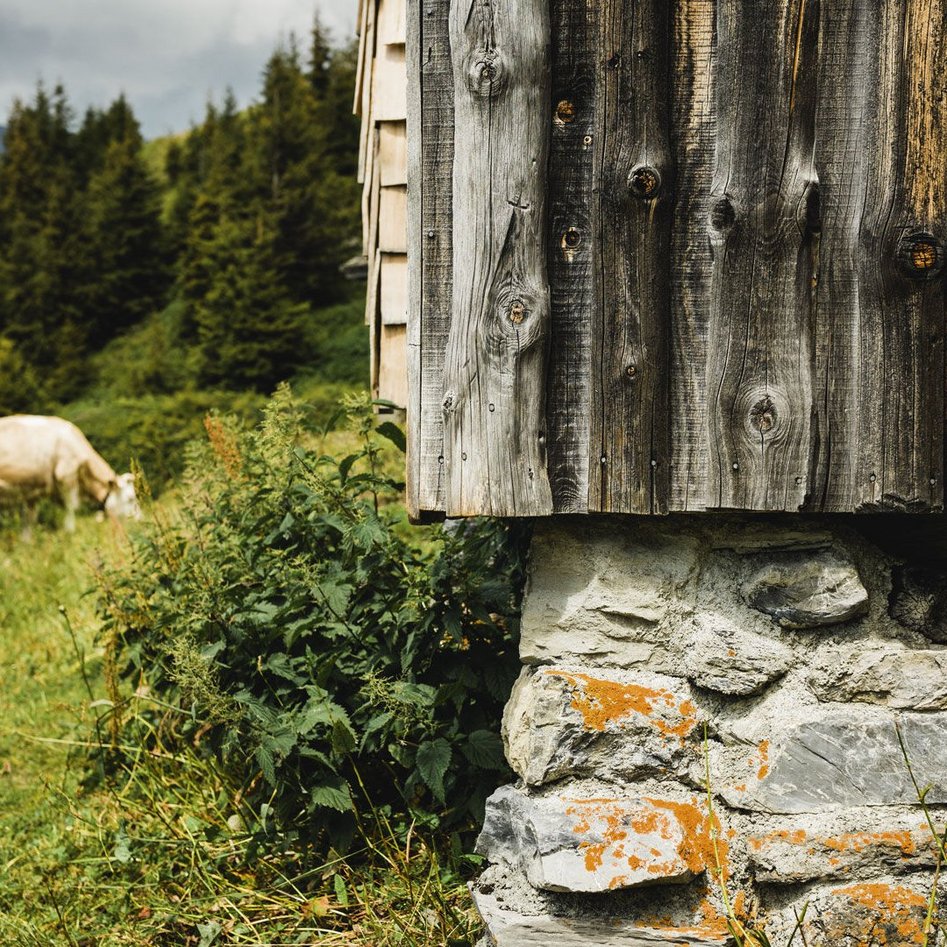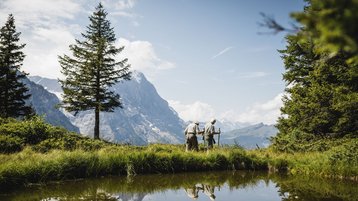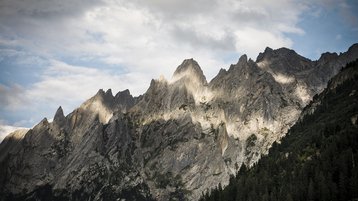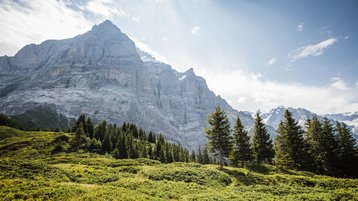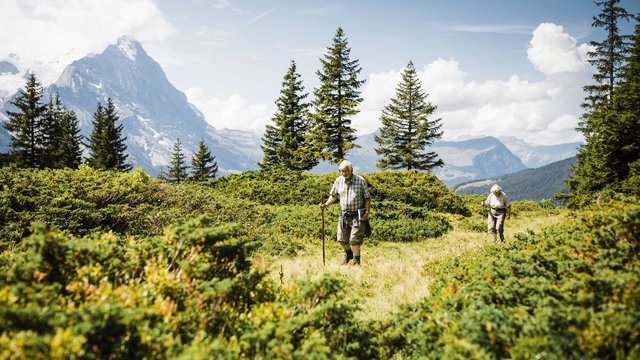
Where Goethe left his mark
“Goethe was practically my co-worker”
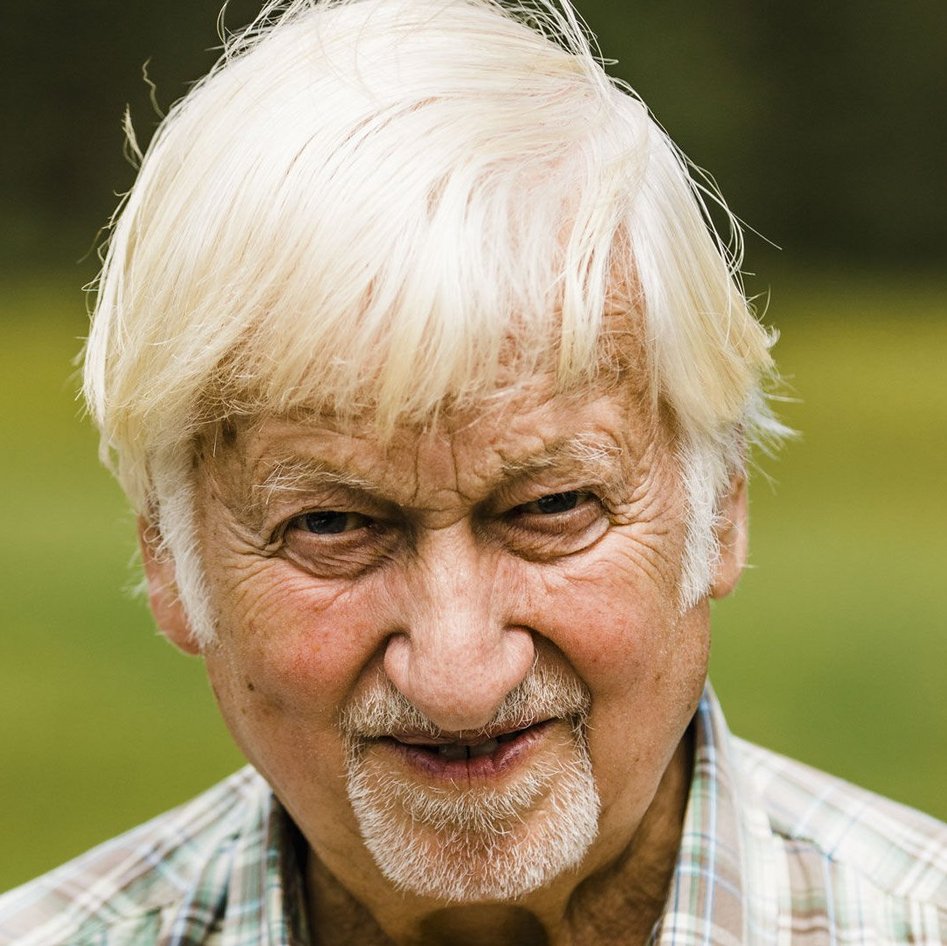
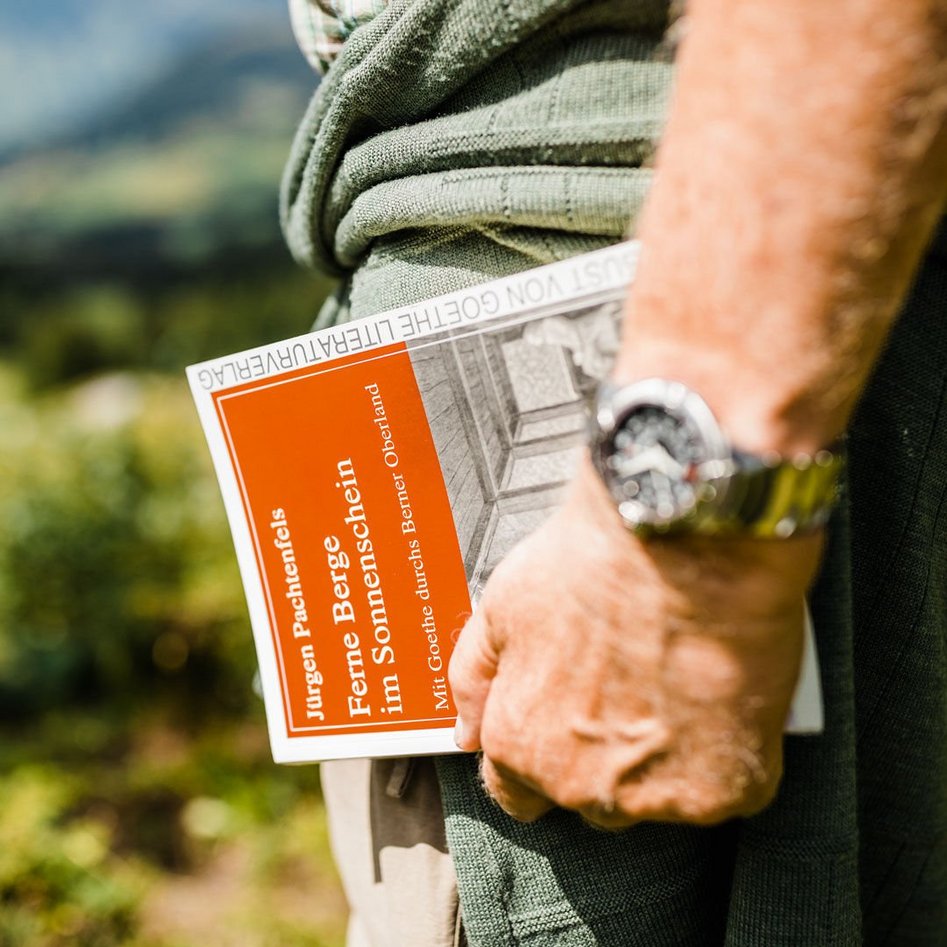
When nobility seeks adventure

Where nature calls the shots
Where water plays the main role
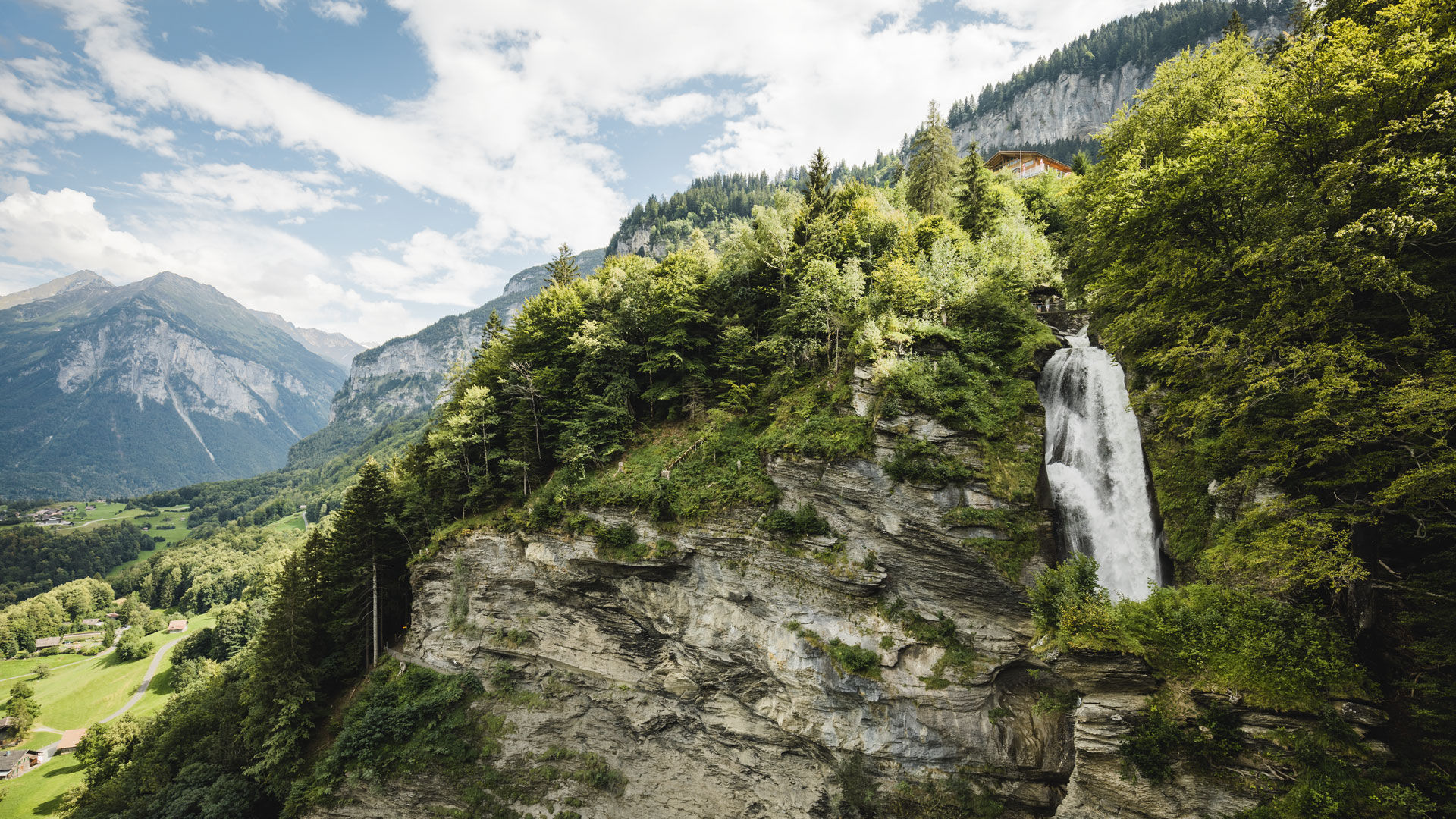
Where mountains are addictive
Goethe’s travel group climbed the Obersteinberg, which they found to be a difficult and dangerous mountain tour, with some of them breaking off their journey prematurely to return to Lauterbrunnen. Goethe admitted that the trail had been hard going. Battling against the rain and early nightfall, and with the sound of avalanches roaring in the distance, the hikers finally made their way back to Lauterbrunnen during the night. But Goethe didn’t grant himself a day’s rest after the return journey either. Things continued in the same vein the next day.
We are not here to relax, but to hike through Switzerland.
One of the main reasons for his restlessness was his many female acquaintances (they simply overwhelmed him). He thus tried to escape them, knowing that he would find peace and solace in the Swiss mountains. In his notes, Goethe made several mentions of this as being the reason that had prompted him to embark on his second trip to Switzerland. He also referenced this in some of the poems he wrote at the time.
Goethe and his noble travel group hurried tirelessly through the mountains, leaving themselves no time to take in the many sights around them. This was the reason for Seidel’s paucity of notes.
“We were on Schwarzwaldalp at 1 p.m., from which you can see the Wellhorn, Wetterhorn and Engelhorn on the right. The weather was bright. We ate what we had brought with the farmers.”
Finding a soft bed back then was no easy feat
This sophisticated travel group found it difficult to find fitting accommodation in 1779. The hotel and gastronomy industry at that time were only just being established in this area and there were hardly any rooms to be found, never mind decent accommodation. This was in contrast to larger places and towns where guest houses were already offering such rooms. However, bailiffs, judges and ministers proved to be excellent hosts out in the countryside and enjoyed an excellent reputation. “The rectories in Lauterbrunnen and Grindelwald in the Bernese Oberland were especially lauded in early travel guides.”*
*Source: Dr Roland Flückiger-Seiler, “Tourismus- und Hotelgeschichte im Berner Oberland”
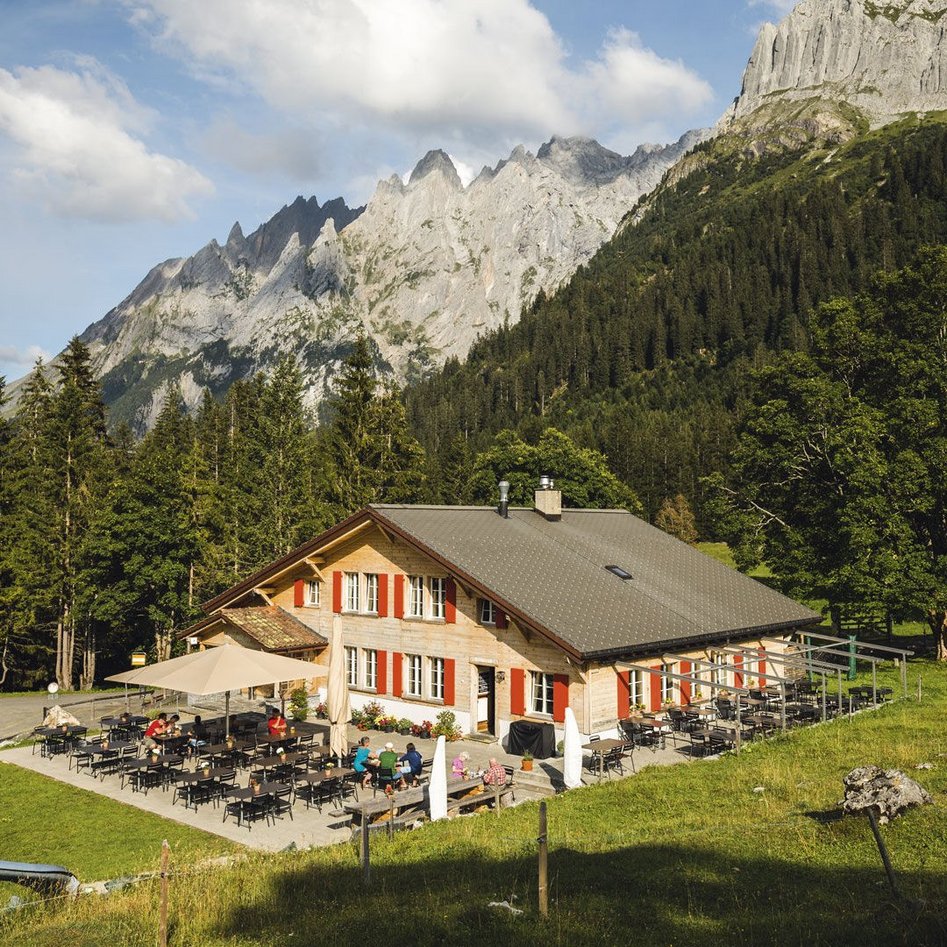
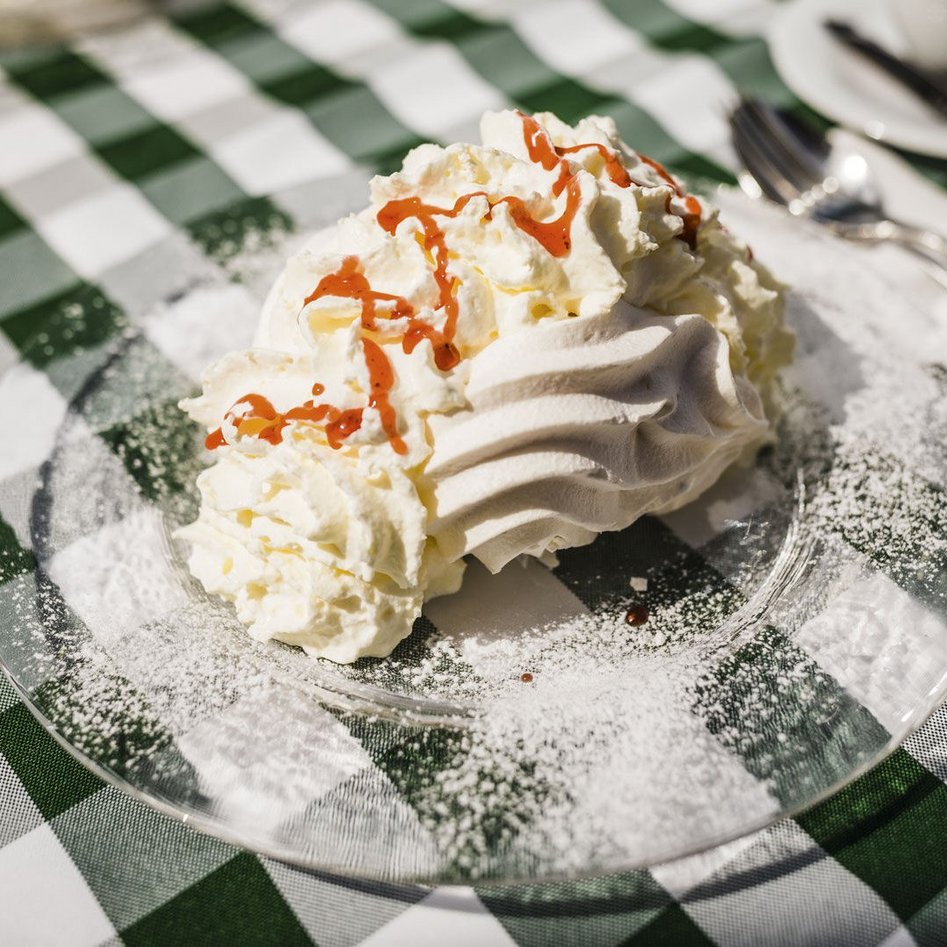
Where craftsmanship spans more than 380 years
A cheese storehouse stands on Schwarzwaldalp that dates back to 1637. When Goethe walked past this very building on his hike into Haslital, it was already 142 years old. In his haste, Goethe made the following note about it: “These cheese storehouses stand on a wooden base, a few feet above the ground, so that dry air can flow underneath.”
On the subject of the building: Ballenberg Open-Air Museum is home to more than 100 original historical buildings from all parts of Switzerland. Although the museum didn’t yet exist in Goethe’s day, a lot of the buildings exhibited in it today are several hundred years old.
